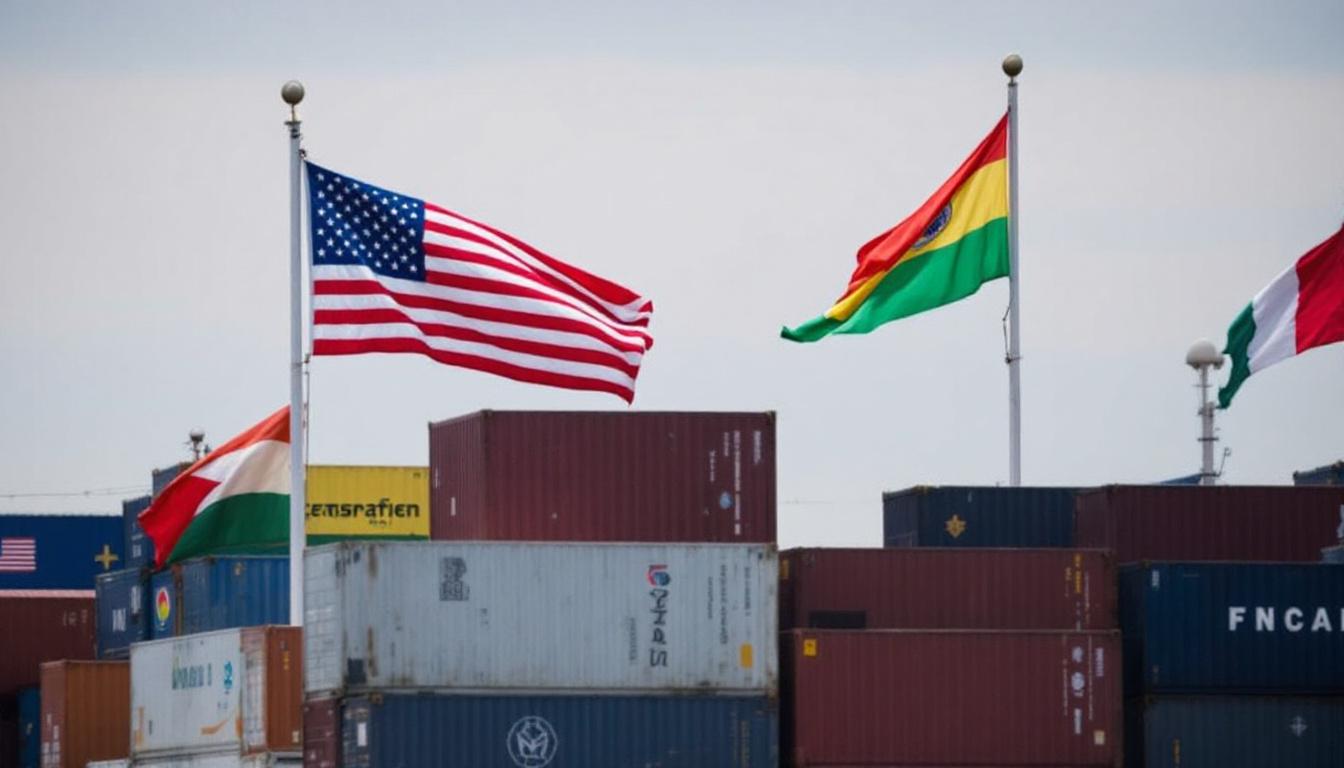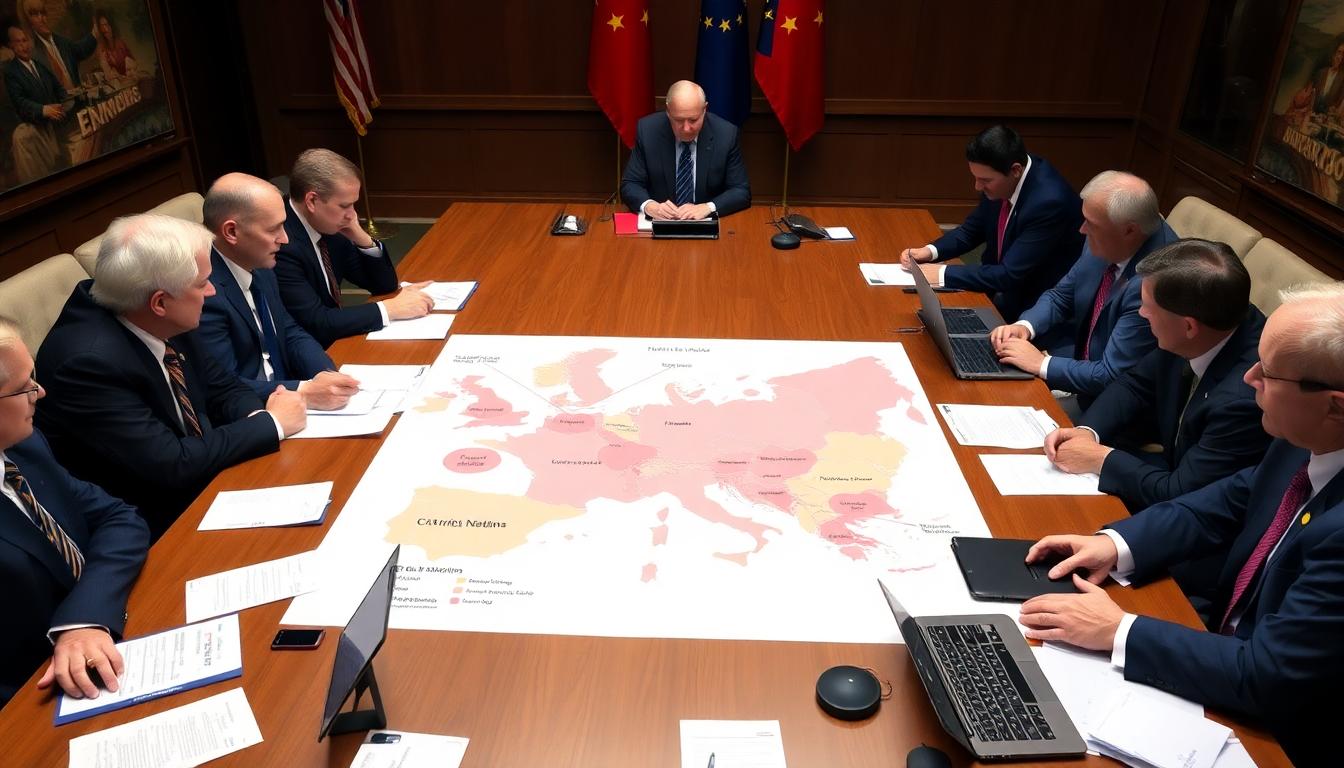Introduction
New tariffs announced by President Trump in August 2025 have caused immediate drops in major stock markets and are changing global trade. Traders, companies, and consumers are scrambling to make sense of a new, more protectionist era. The US is now enforcing the highest average tariffs since the 1930s, reshaping everything from prices at home to political relationships abroad.
What Are the New Tariffs?
Trump’s administration placed tariffs on almost 70 countries, raising duties on key partners like Canada, China, India, South Korea, and the EU. The US’s average effective import tax has jumped to 17%, and some goods—including European cars and French wine—now face rates of up to 50%.
How Are Markets Reacting?
Stock indexes in the US and abroad dropped sharply after the new tariffs were announced:
- S&P 500: down 1.6%
- Dow Jones: down 1.23%
- Nasdaq: down 2.24%
- Major European and Asian indexes down over 2–3.9%
Investors flocked to safer bets like US Treasury bonds and gold. The VIX volatility index soared by 25%, showing panic and uncertainty across financial markets.
Impact on Global Trade

Trade is slowing worldwide. Many companies now face higher costs, supply delays, and tough choices about relocating production or passing costs to customers. Sectors hit hard include:
- Manufacturing
- Agriculture (especially US farmers)
- Pharmaceuticals
- Luxury goods (wine, spirits, high-end autos)
The Human Cost

Industries are already feeling the pressure. Car makers like Aston Martin and Porsche have cut their yearly profit forecasts. American farm groups worry about lost overseas sales. French wineries and Swiss drugmakers expect revenue to drop with the higher taxes.
Consumers are also squeezed: estimates say the average US household could lose $2,400 a year due to higher prices from new import costs.
Jobs and the Economy
Labor market numbers show a slowdown: July saw only 73,000 new jobs added—much weaker than predicted. Past months’ reported job gains were revised downward by over 250,000 jobs. These trends sap confidence in future job growth and economic strength.
Political and International Fallout

US allies are angry and worried. Some, like the EU, have reached deals for lower tariff caps (around 15%), but other countries—including Brazil, India, and South Africa—are still negotiating or pushing for relief. The threat of future trade fights hangs over many industries.
What Happens Next?
Economists warn the new tariffs could push prices even higher and generate supply chain snarls. Companies may have to raise prices or cut jobs. The US’s tough stance may force more global companies to shift business strategies—or even move operations to avoid the taxes.
Conclusion
President Trump’s 2025 tariffs mark a major change in US and global economic policy. They hit stock prices right away and put pressure on workers, companies, and regular families. With trade talks and economic impacts still unfolding, the story is far from over.
To contact Us click Here .







